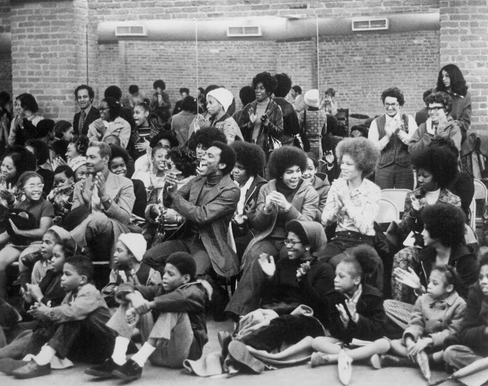DTH Vol. 1 No. 3 - Lecture Demonstrations
- Lauryn Johnson

- Feb 13
- 2 min read

[3/7] This week @dancetheatreofharlem celebrates Founders’ Week, marking the 56th anniversary of the company. Join me in celebrating by learning more about the company in a series of DTH posts!
Written by Olga Maynard in Dance Magazine, 1975:
“Mitchell operated his school on an ‘open-door’ policy, so that anyone could drop in and take a class. He hoped to attract talented students but an even greater enticement to dance came out of the lecture-performances. Awed and excited audiences of Harlem children saw ballet dancers, who, as Mitchell says, ‘were black or brown, just like them.’ They were seeing ballet for the first time and its en l’air properties, the pyrotechnical feats, seemed magical. […] A number of girls began coming regularly to classes. To Mitchell’s delight, so did several little boys.

“It was instructive to observe Mitchell teaching. He would exhort his teenaged students: ‘Usually, boys and girls start ballet at eight years, and they gradually progressed until by sixteen they are in advanced class—getting ready to begin dancing in companies when they are seventeen or eighteen. You have started late—so, that means you have to work harder to catch up.’
“In a state of innocence, because of their utter ignorance of the classical technique, the Harlem boys and girls believed Mitchell; they assumed that if they worked hard enough, they would succeed in shortening the length of time it took to make a classical dancer. They gave Mitchell implicit trust, and some of them actually accomplished this feat—achieving, in a year or less of training, a standard comparable to that of students who had been training for four or five years.
“Mitchell’s proselytizing won so many converts that he was soon obliged to increase his faculty.”
The first DTH Open House in 1971 Photos by Macbeth, 1969-70







Comments